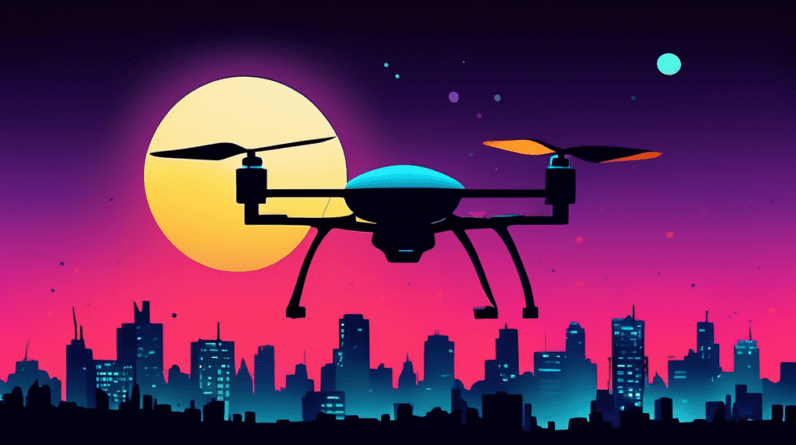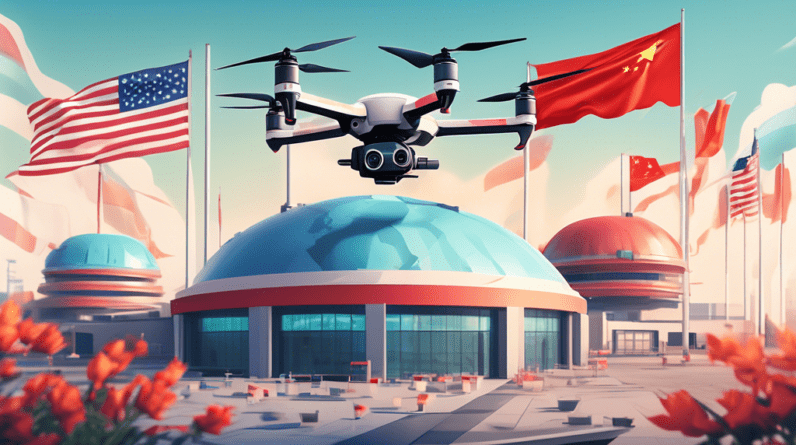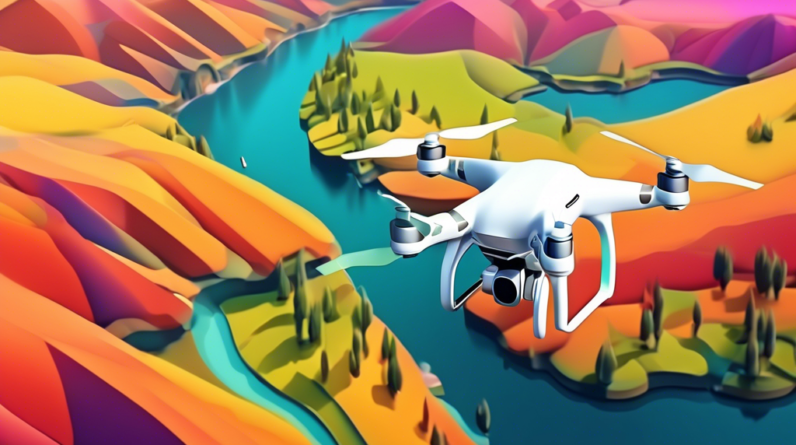Factors Influencing Drone Speed
Several factors influence how fast a drone can fly. Understanding these elements can help you choose the right drone for your needs and optimize its performance.
1. Drone Type and Design
Different drone types are built for various purposes, impacting their speed capabilities. Racing drones, designed for agility and speed, are typically the fastest, reaching speeds of over 100 mph. Photography and videography drones prioritize stability and image quality, resulting in moderate speeds, generally between 40-70 mph. Commercial drones used for deliveries or inspections may prioritize payload capacity and flight time over speed.
2. Motor Power and Efficiency
The power and efficiency of a drone’s motors significantly impact its speed. More powerful motors generate greater thrust, enabling faster acceleration and higher top speeds. Brushless motors, known for their efficiency and power, are commonly found in high-speed drones.
3. Battery Capacity and Discharge Rate
Battery capacity determines the drone’s flight time, indirectly influencing its speed capabilities. High-capacity batteries with a high discharge rate provide the necessary power for sustained high-speed flight. However, larger batteries can also add weight, potentially impacting maneuverability and speed.
4. Aerodynamics and Weight
Aerodynamic design plays a crucial role in reducing drag and improving speed. Drones with sleek, streamlined bodies experience less air resistance, allowing for faster flight. Weight is another critical factor; lighter drones require less power to propel, leading to faster speeds.
5. Wind Conditions and Weather
External factors such as wind speed and direction significantly impact drone speed. Headwinds can slow down a drone, while tailwinds can provide a boost. Adverse weather conditions like rain or snow can increase air density and drag, reducing speed and maneuverability.
Average Drone Speeds for Different Types
Here’s a general overview of average speeds for various drone types:
1. Racing Drones
Racing drones are built for speed and can reach astonishing velocities exceeding 100 mph (160 km/h). Their lightweight design, powerful motors, and aerodynamic frames allow them to navigate complex racecourses with agility and precision.
2. Photography and Videography Drones
Photography and videography drones typically fly at speeds between 40-70 mph (64-112 km/h). While not as fast as racing drones, they offer a balance between speed, stability, and image quality, making them ideal for capturing stunning aerial footage.
3. Commercial and Industrial Drones
Commercial and industrial drones used for deliveries, inspections, or agricultural purposes prioritize payload capacity and flight time. Their speeds vary depending on the specific model and task, generally ranging from 20-50 mph (32-80 km/h).
Tips to Increase Drone Speed
If you’re looking to enhance your drone’s speed, consider these tips:
1. Upgrade Motors and Propellers
Investing in more powerful motors and aerodynamically efficient propellers can significantly boost your drone’s speed and acceleration.
2. Reduce Weight
Remove any unnecessary accessories or components that add weight to your drone. Every gram counts when it comes to maximizing speed.
3. Optimize Battery Performance
Use high-quality batteries with a high discharge rate to ensure your drone receives sufficient power for high-speed flight. Keep your batteries in good condition and avoid extreme temperatures.
4. Fly in Favorable Conditions
Choose calm days with minimal wind for optimal speed performance. Avoid flying in adverse weather conditions that can hinder speed and stability.






